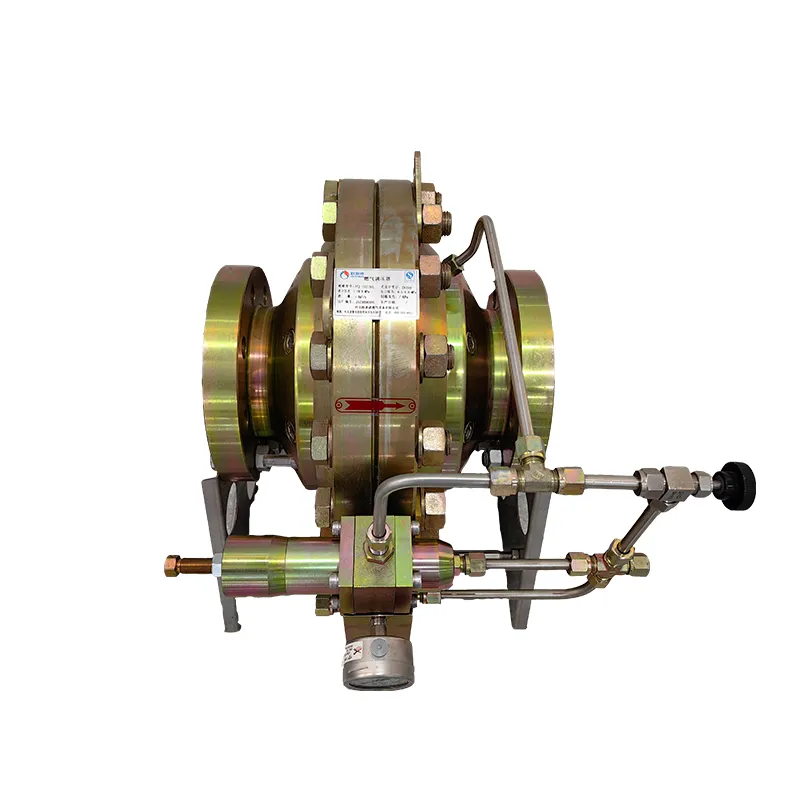
Oct . 14, 2024 20:11
Back to list
gasifier
The Role of Gasifiers in Sustainable Energy Production
Gasification is an advanced thermochemical process that converts organic or fossil-based materials into carbon monoxide, hydrogen, and carbon dioxide. This transformative technology is gaining increasing attention as the world seeks sustainable energy alternatives, and its role in energy production is becoming more significant.
Gasifiers can be used with a variety of feedstocks, including biomass, coal, and waste materials, making them versatile tools in the quest for renewable energy. The process begins when these feedstocks are subjected to high temperatures, typically between 800 to 1,200 degrees Celsius, in a low-oxygen environment. This controlled atmosphere facilitates the breakdown of the biomass into simpler molecules, resulting in syngas, a mixture primarily composed of hydrogen and carbon monoxide. Syngas can then be used to generate electricity, produce heat, or serve as a building block for various chemicals and fuels.
One of the most appealing aspects of gasification is its potential to reduce waste. By converting agricultural residues, municipal solid waste, or other biomass into energy, gasifiers help redirect waste away from landfills and minimize environmental impact. This not only addresses the problem of waste management but also turns a liability into a valuable resource for energy production.
gasifier

Furthermore, gasification contributes to a reduction in greenhouse gas emissions. Compared to traditional fossil fuel combustion, gasification produces fewer pollutants, including sulfur dioxide, nitrogen oxides, and particulate matter. The use of biomass for gasification can be considered carbon-neutral since the carbon dioxide released during the process is offset by the carbon dioxide absorbed by the plants during their growth cycle. This attribute positions gasification as a crucial element in the transition toward a low-carbon economy.
In terms of energy efficiency, gasifiers have demonstrated promising performance
. The conversion of biomass into syngas and then into electricity can achieve efficiencies ranging from 50% to 70%, depending on the specific technology and feedstock used. Additionally, gasifiers can be integrated with existing energy systems, making them suitable for both decentralized power generation and large-scale energy production.Despite these advantages, challenges remain in the broader adoption of gasification technology. Issues such as the high initial costs of gasification plants, the need for skilled labor, and regulatory hurdles must be addressed. However, ongoing research and development efforts are focused on improving gasifier designs and processes, which could lead to more efficient systems that are economically viable.
In conclusion, gasification stands out as a promising solution for sustainable energy production, offering a pathway to convert waste into valuable energy while reducing environmental impact. As technology advances, gasifiers will undoubtedly play an essential role in the global energy landscape, helping to meet the dual challenges of energy security and climate change.
Next:
Latest news
-
Safety Valve Spring-Loaded Design Overpressure ProtectionNewsJul.25,2025
-
Precision Voltage Regulator AC5 Accuracy Grade PerformanceNewsJul.25,2025
-
Natural Gas Pressure Regulating Skid Industrial Pipeline ApplicationsNewsJul.25,2025
-
Natural Gas Filter Stainless Steel Mesh Element DesignNewsJul.25,2025
-
Gas Pressure Regulator Valve Direct-Acting Spring-Loaded DesignNewsJul.25,2025
-
Decompression Equipment Multi-Stage Heat Exchange System DesignNewsJul.25,2025

